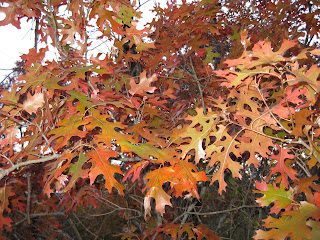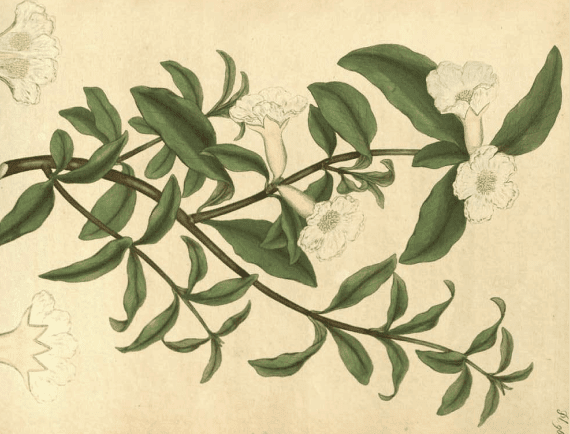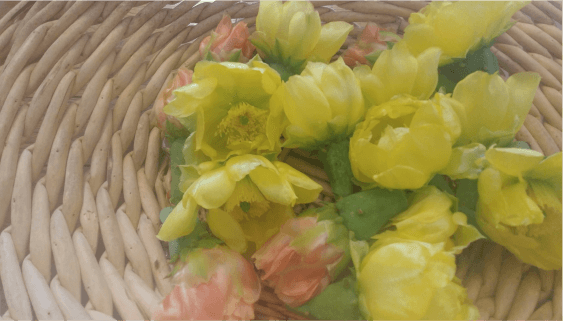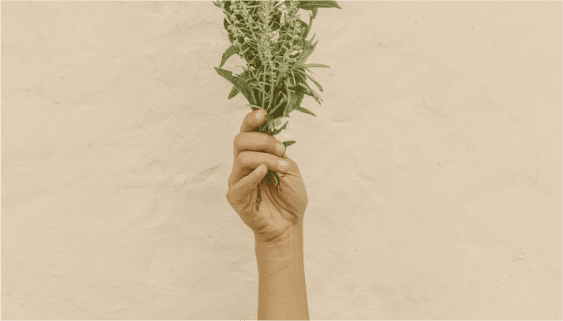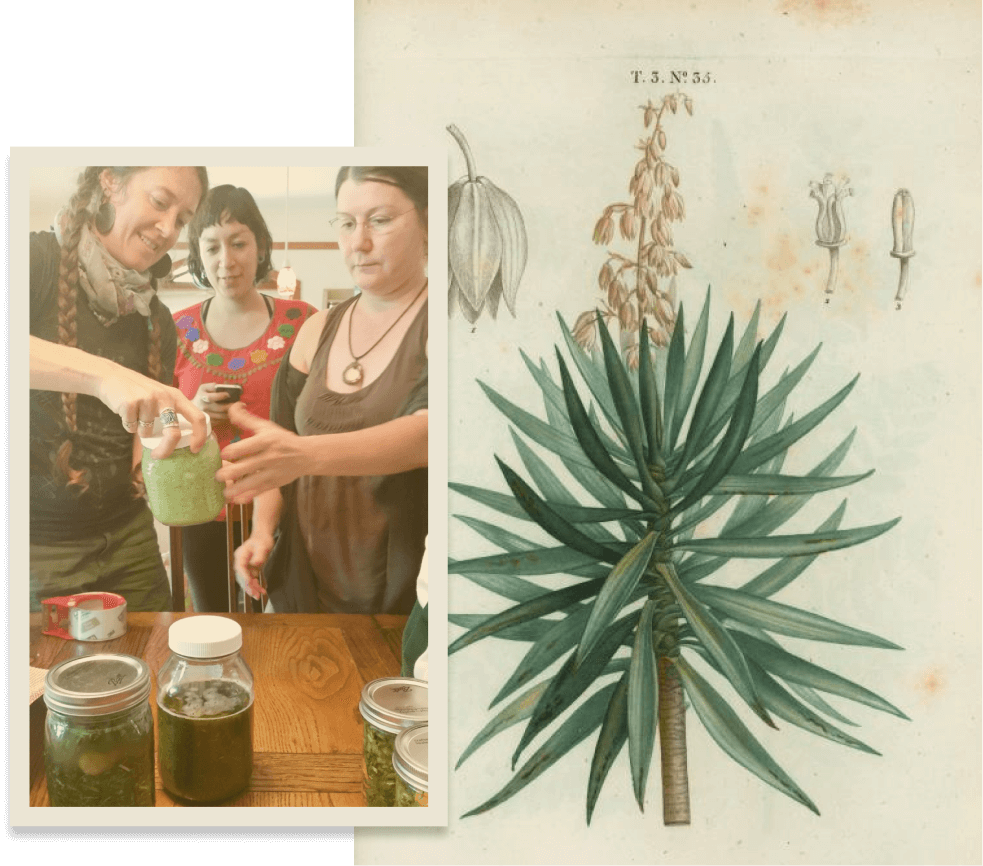Oak , or Quercus sp in the Fagaceae Family of Plants. The word is of unknown origin. Oaks are perennial tall and stout trees. Of the 100s of species, several are native to Central Texas. They can be evergreen or deciduous and form dry fruits/nuts called acorns. Some can get quite stout, where even couple of full grown adults jumping on the outstretched limbs the tree can withstand with ease.
In folklore, people felt the oak was so strong that they could transfer illness from a person to the tree, and the tree could deal with it better than the person. There were several magickal chants to do so. I can certainly see the idea when I watch 3-4 people jump on a branch and the trees branch is so strong its doesnt even bend.
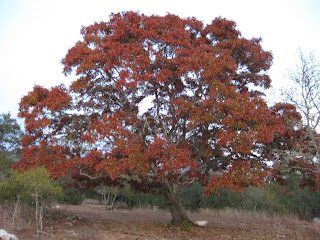 Oaks are rather slow growing but adapted well to our hot dry climate. Ours tend to be a little more squat. The trees are planted in yards and grow in the wild all over Central Texas. The leaves, galls, acorns and bark can be harvested, best in late spring to early summer. Acorns in Winter.
Oaks are rather slow growing but adapted well to our hot dry climate. Ours tend to be a little more squat. The trees are planted in yards and grow in the wild all over Central Texas. The leaves, galls, acorns and bark can be harvested, best in late spring to early summer. Acorns in Winter.
Oaks have been an important source of fuel, fodder, and building materials throughout the country. Other products include tannins and dyes, and oak bark and leaves were often used for tanning leather. Acorns were historically an important food. Medicinally, the inner bark and leaves were made into teas and washes and applied to sores or used internally to treat sore throats and diarrhea
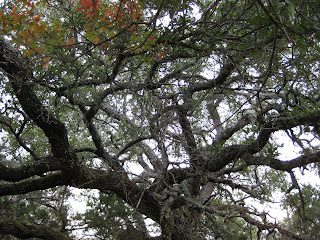 Oaks are valued medicinally for their astringent, tonifying and antiseptic properties. Astringents are drying and have anti-inflammatory effects locally. You can always taste astringency because you can actually feel it on your tongue, as in the case of black tea. Oak leaves and inner bark of small twigs can be used to treat all sorts of ulcerations and inflammation on the skin of both the outer and inner mucosa. One study suggests that Oak may also have properties that act against MRSA, or what is also called Antibiotic resistant staph. So, the types of uses could range from herpes sores, to hemmorhoids, to bug bites and wounds on the skin. Herbalist Matthew Wood likes to use it to strengthen the teeth and gums, and some herbalists suggest using it topically like witch hazel to help stop spider veins and other capillary fragility. William Cook, A physiomedicalist doctor and herbalist of the late 1800s suggested the best way of preparing the bark was as a strong decoction, or gentle simmering of an oz of the bark in a quart of tincture for about 20 min, if you use the leaves, then do an infusion instead, which would mean you just soak about an oz of leaves in hot water. The bark can also be powdered. This wildly abundant medicinal plant can be used above all else to treat sunburns or other burns and sores on the body. You can keep a tea in the fridge for a few days and spray it on after working in the garden or coming home. It is easy to obtain and keep on hand as needed.
Oaks are valued medicinally for their astringent, tonifying and antiseptic properties. Astringents are drying and have anti-inflammatory effects locally. You can always taste astringency because you can actually feel it on your tongue, as in the case of black tea. Oak leaves and inner bark of small twigs can be used to treat all sorts of ulcerations and inflammation on the skin of both the outer and inner mucosa. One study suggests that Oak may also have properties that act against MRSA, or what is also called Antibiotic resistant staph. So, the types of uses could range from herpes sores, to hemmorhoids, to bug bites and wounds on the skin. Herbalist Matthew Wood likes to use it to strengthen the teeth and gums, and some herbalists suggest using it topically like witch hazel to help stop spider veins and other capillary fragility. William Cook, A physiomedicalist doctor and herbalist of the late 1800s suggested the best way of preparing the bark was as a strong decoction, or gentle simmering of an oz of the bark in a quart of tincture for about 20 min, if you use the leaves, then do an infusion instead, which would mean you just soak about an oz of leaves in hot water. The bark can also be powdered. This wildly abundant medicinal plant can be used above all else to treat sunburns or other burns and sores on the body. You can keep a tea in the fridge for a few days and spray it on after working in the garden or coming home. It is easy to obtain and keep on hand as needed.
More resources here
http://www.henriettes-herb.com/eclectic/cook/QUERCUS_ALBA.htm
https://www.botanical.com/botanical/mgmh/o/oakcom01.html
http://www.sacredearth.com/ethnobotany/plantprofiles/oak.php
http://www.ema.europa.eu/docs/en_GB/document_library/Herbal_-_Community_herbal_monograph/2011/01/WC500101506.pdf
http://www.tjpr.org/vol7_no1/717Umachigi.pdf
http://jpsionline.com/admin/php/uploads/185_pdf.pdf
